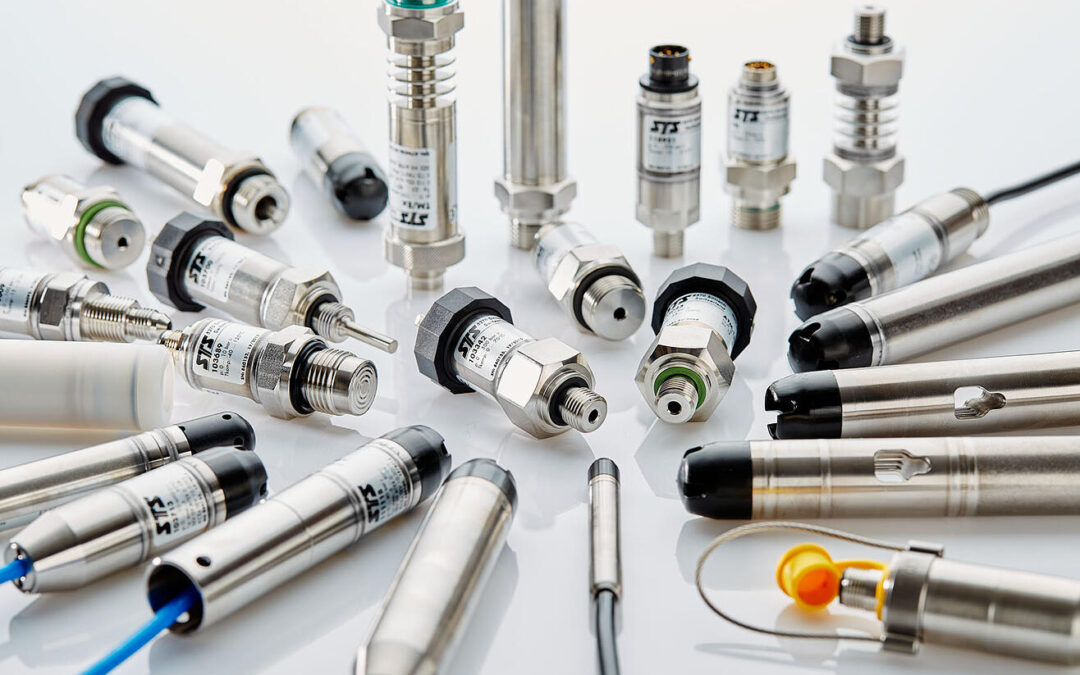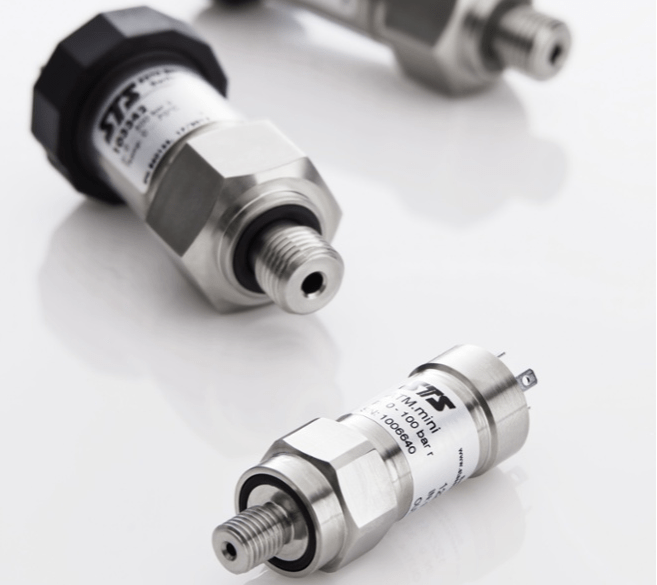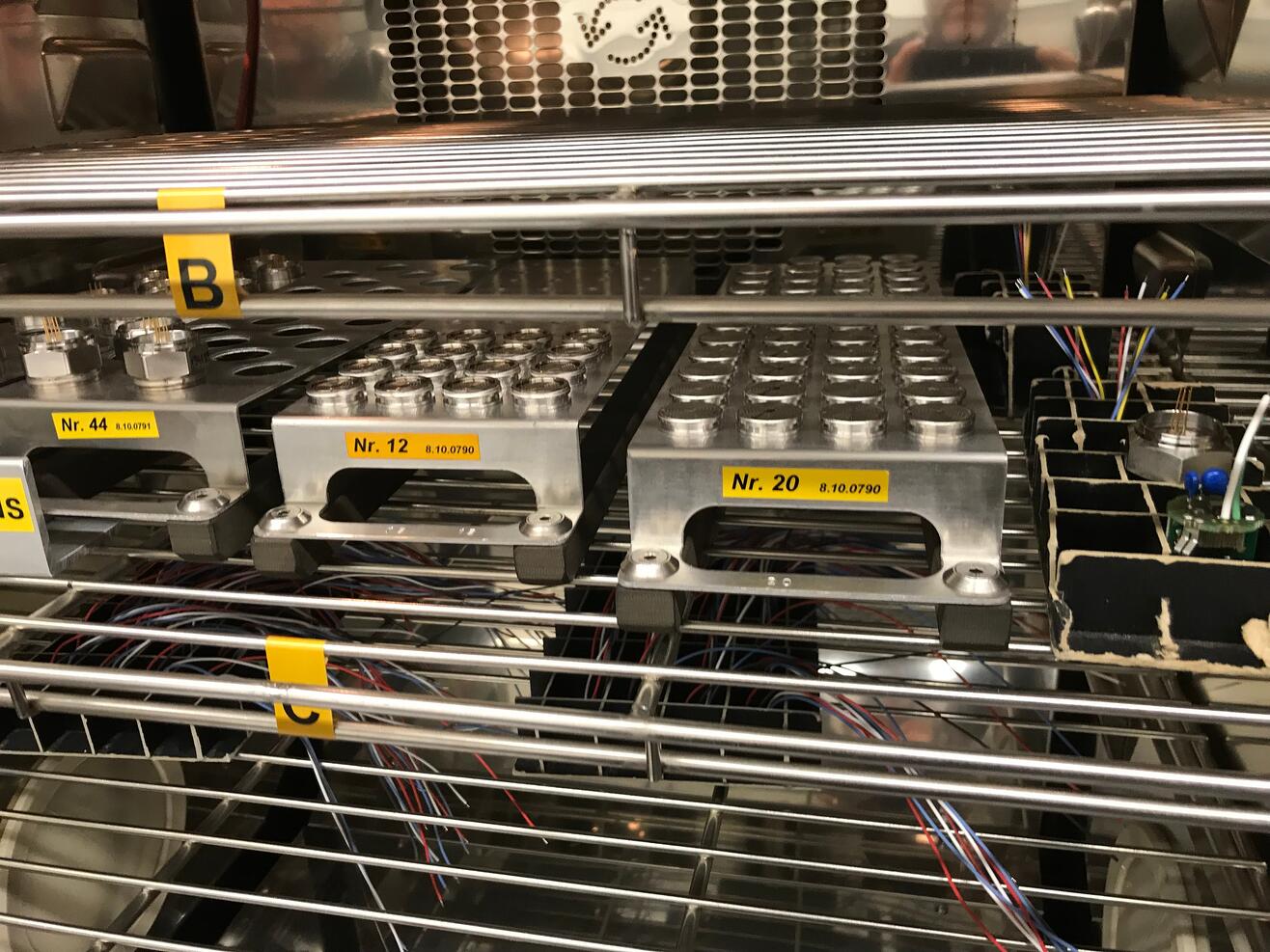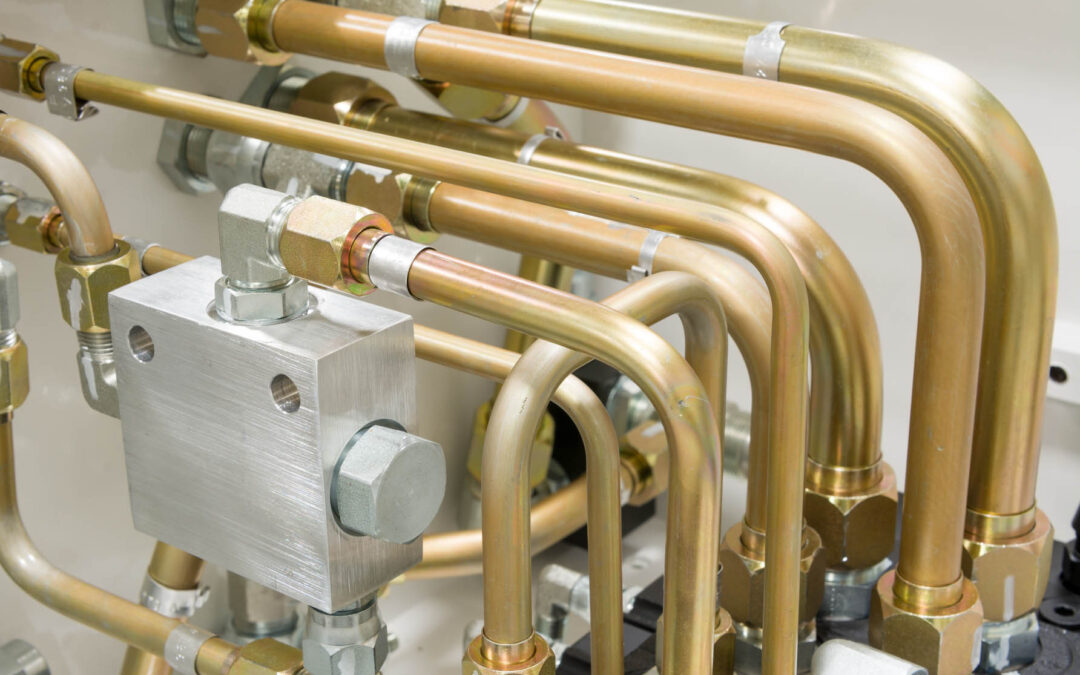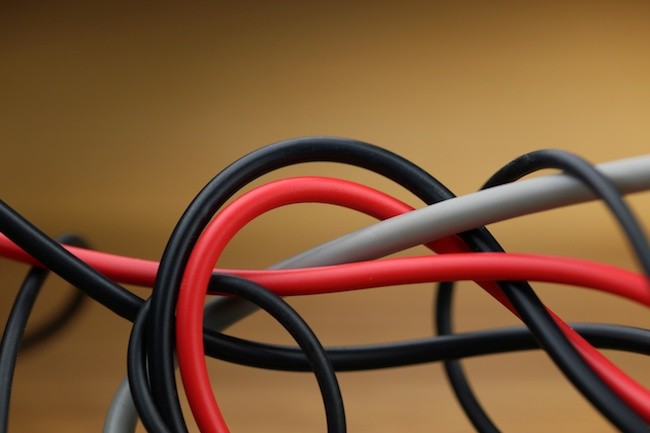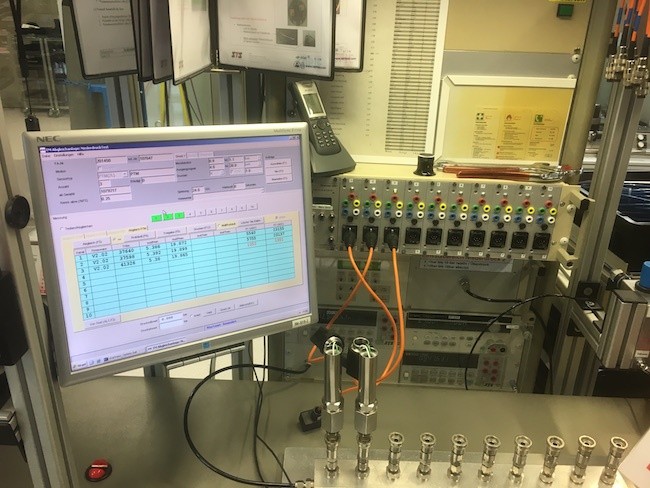
Thermal characteristics of piezoresistive pressure transmitters
Piezoresistive pressure transmitters excel in their sensitivity, which allows for measuring even the slightest of pressures. The materials employed, however, exhibit a rather high temperature dependence, which then has to be compensated for.
The behavior of a piezoresistive pressure transducer alters in line with temperature. While temperature-related zero offset is self-evident and can be easily recognized and checked by the operator, temperature-related alterations of both sensitivity and linearity are less apparent and thus often overlooked.
Causes of zero offset
The reason for zero offset is a sum of the most varied of effects:
- differing resistance values at the measuring bridge on the silicon chip
- varied temperature coefficients of individual resistors in the measuring bridge
- a non-homogenous silicon membrane, instead coated with a silicon oxide layer (varying expansion coefficients)
- mechanical tensions when mounting the measuring cells on the carrier (chip, glass, glass feedthrough)
- oil expansion associated with stiffness of steel membranes (this is why oil volume is minimized to just a few µL in the expansion element)
Depending upon construction of the pressure transducer and the pressure range itself, these individual effects bear relatively great significance. Important in practical terms is not what the thermal zero offset is actually composed of, but instead how well it can be compensated for. Desirable here is as linear a response as possible over as large a temperature range as possible.
Best outcomes with polynomial compensation
Linearity also shifts with temperature. When such temperature effects are to be factored in and compensated for, this is usually only meaningful and possible in the sense of an entirely mathematical modeling of transducer response. This mathematical model precisely describes the full pressure and thermal characteristics of a transducer. To be able to apply this mathematical model, however, a computer or digital compensation methods are required.
At STS, this is achieved in our OCS products by means of polynomial compensation. The piezoresistive pressure transmitters of the DL.OCS/N/RS485 Datalogger for water monitoring attains for example a precision of 0.03% FS, as well as an accuracy of 0.05% FS over a temperature range from -5…+50 °C by means of polynomial compensation.
The majority of pressure transmitters from STS are optimized as standard for operating temperatures from 0°C to 70°C – an excellent range for achieving precise results in most applications. In some instances, however, it is to advantage when the sensors are delivered pre-optimized for the temperature conditions arising from any particular application. STS is thus specialized in providing application-specific pressure sensors within the shortest of timeframes.
